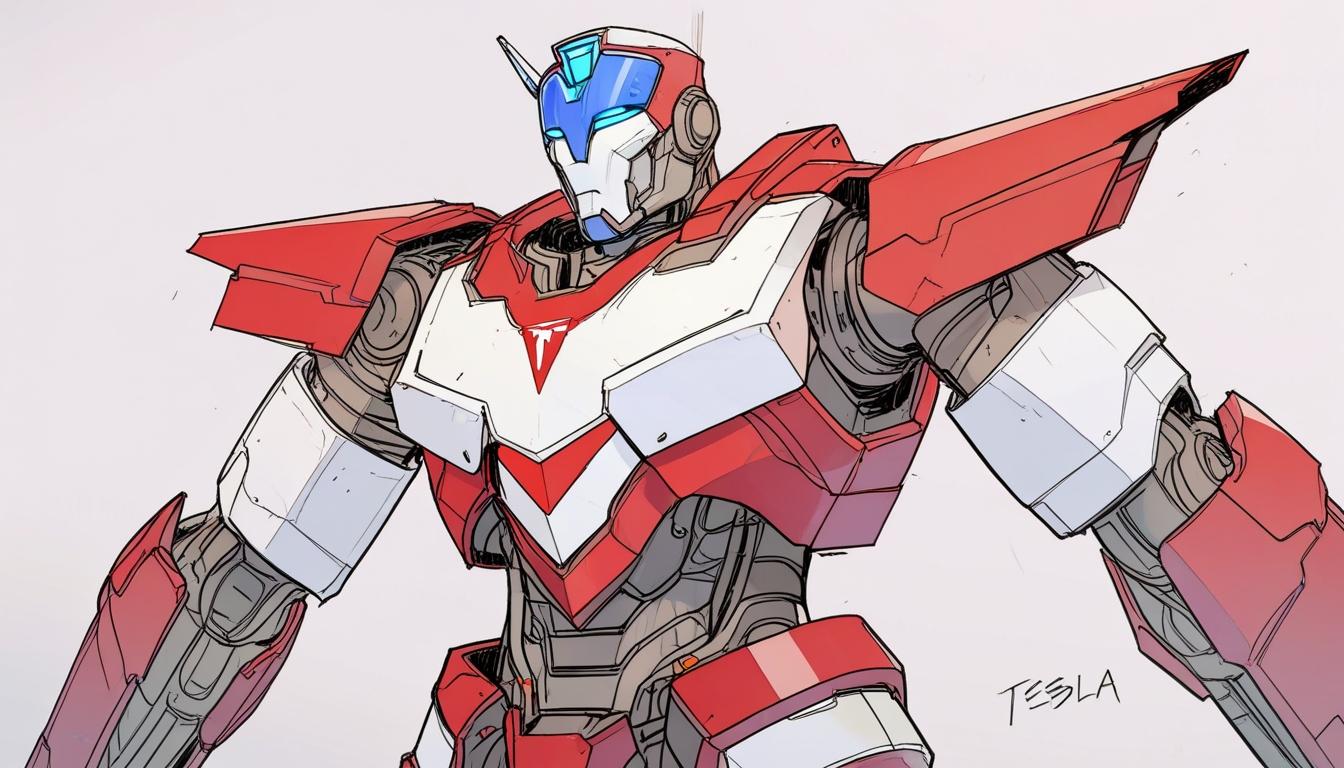Tesla’s Ambitious Robot Project Faces Challenges Amid US-China Trade Tensions
Tesla, once at the forefront of the electric vehicle revolution, is now setting its sights on a more ambitious technological leap: the large-scale introduction of humanoid robots capable of performing physical tasks in factories and even domestic environments. This initiative is centred around the Optimus robot, touted as a future strategic pillar for the company, with expectations that it will have an impact comparable to the Model S on the automotive sector. However, this vision is increasingly challenged by the geopolitical and commercial realities stemming from the escalating tensions between the United States and China, whose economic relations heavily influence global technology supply chains.
A critical aspect of manufacturing Optimus involves essential components such as magnets made from rare earth elements, which are predominantly supplied by China. Recently, the Chinese government imposed stricter export controls on several of these minerals. This move is widely viewed as a response to tariffs previously enacted by the Trump administration in the United States. These restrictions have hindered Tesla’s production plans, especially concerning the thousands of Optimus units initially planned for release this year.
Elon Musk has responded to the situation by seeking to mediate tensions. Speaking during a shareholder earnings conference call, he emphasised that the robots have no military applications and expressed hope that Tesla would secure a special exemption to access these vital resources. His stance aims to reassure Chinese authorities while highlighting the civilian and industrial nature of the technology. Nevertheless, the challenge goes far beyond mere material supply: it exposes the vulnerabilities of certain American industries to economic leverage exerted by Beijing.
Meanwhile, Chinese companies are advancing rapidly in the humanoid robot sector, already beginning mass production of their own models. This technological and industrial progress in China, combined with the effect of export restrictions, places Tesla in a difficult competitive position. Although Musk remains confident in Optimus’s commercial potential, he acknowledges the growing threat posed by Asian competitors in this emerging field.
The Optimus project, intended to represent Tesla’s next major transformation, has become emblematic of shifting global competitive dynamics. While Chinese robotic manufacturers benefit from priority access to strategic materials and an agile production ecosystem, Tesla is compelled to balance continuous innovation with the risk of being constrained by external political decisions.
Tesla is facing difficulties on multiple fronts. The strained relations between Washington and Beijing extend beyond robotics: Tesla’s profits have reportedly declined by approximately 70% compared to the previous year. Company leadership has attributed this downturn to a “change in political sentiment” that negatively affects sales, with the company’s share price dropping nearly 37% since January 2024, reflecting investor concerns about Tesla’s ability to maintain its growth trajectory.
In this context, Elon Musk has hinted at a possible reduction of his direct involvement with the Trump administration, though he does not plan to withdraw entirely from political engagement. This strategic repositioning indicates his effort to shield Tesla from ongoing geopolitical uncertainties, even as he continues to publicly advocate the vision that the company’s future success will rely as much on robots as on electric vehicles.
Should the Optimus project overcome the current commercial obstacles, it has the potential to redefine Tesla’s image in the coming years. Achieving this will require Musk to convert his technological optimism into tangible industrial results, especially in an environment where every component has become a significant strategic asset.
Source: Noah Wire Services
